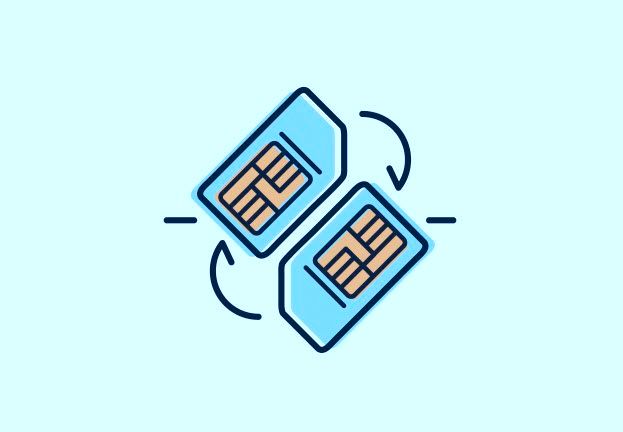SMS 2FA: The Most Insecure Way to Authenticate

SMS-based two-factor authentication (2FA) is considered the most insecure method of 2FA due to several technical vulnerabilities that can be exploited by attackers.
One of the primary vulnerabilities of SMS-based 2FA is that SMS messages are transmitted in cleartext over the cellular network, which means that they can be intercepted and read by anyone who has access to the network traffic. Additionally, the cellular network itself is not always secure, and has been shown to be vulnerable to attacks such as SS7 attacks, which can allow an attacker to intercept and redirect SMS messages.
Another vulnerability is that SMS messages can be redirected by attackers using techniques such as SIM swapping. This involves convincing a mobile operator to transfer a victim's phone number to a new SIM card that the attacker controls. Once the attacker has control of the victim's phone number, they can receive SMS messages, including those containing 2FA codes, that are intended for the victim.

SMS-based 2FA is also vulnerable to spoofing attacks, in which an attacker sends a fake SMS message that appears to come from a legitimate source, such as a bank or social media platform. The message might instruct the victim to click on a link or provide sensitive information, such as their username and password.
In conclusion, SMS-based 2FA is less secure than other forms of 2FA, such as time-based one-time passwords (TOTP) or hardware tokens. This is because SMS-based 2FA relies on the security of the mobile phone network, which is not always secure. In contrast, TOTP and hardware tokens are based on cryptographic algorithms that are designed to be more secure and resistant to attack.
